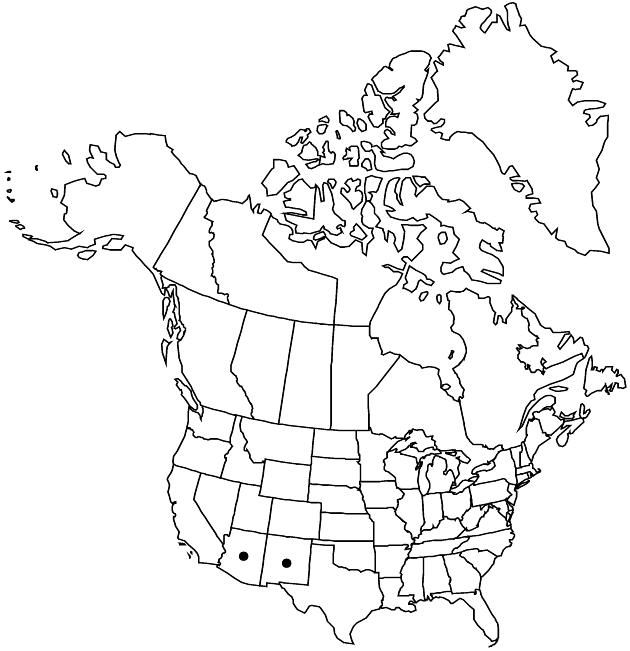Difference between revisions of "Senecio bigelovii var. bigelovii"
imported>Volume Importer |
imported>Volume Importer |
||
| Line 50: | Line 50: | ||
|publication year= | |publication year= | ||
|special status=Endemic | |special status=Endemic | ||
| − | |source xml=https:// | + | |source xml=https://bitbucket.org/aafc-mbb/fna-data-curation/src/2e0870ddd59836b60bcf96646a41e87ea5a5943a/coarse_grained_fna_xml/V19-20-21/V20_1206.xml |
|tribe=Asteraceae tribe Senecioneae | |tribe=Asteraceae tribe Senecioneae | ||
|genus=Senecio | |genus=Senecio | ||
Latest revision as of 20:59, 5 November 2020
Herbage glabrous or nearly so. Leaves: blades of proximal often abruptly contracted or at least obtuse at bases; mid and distal leaves clasping. Heads usually 6–12(–20). Phyllaries mostly 13, 6–8+ mm.
Phenology: Flowering mid summer.
Habitat: Meadows, rocky, open sites in conifer-dominated areas
Elevation: 1800–3000 m
Discussion
Plants of var. bigelovii from the north of the range tend to be intermediate with var. hallii.
Selected References
None.
Lower Taxa
None.
